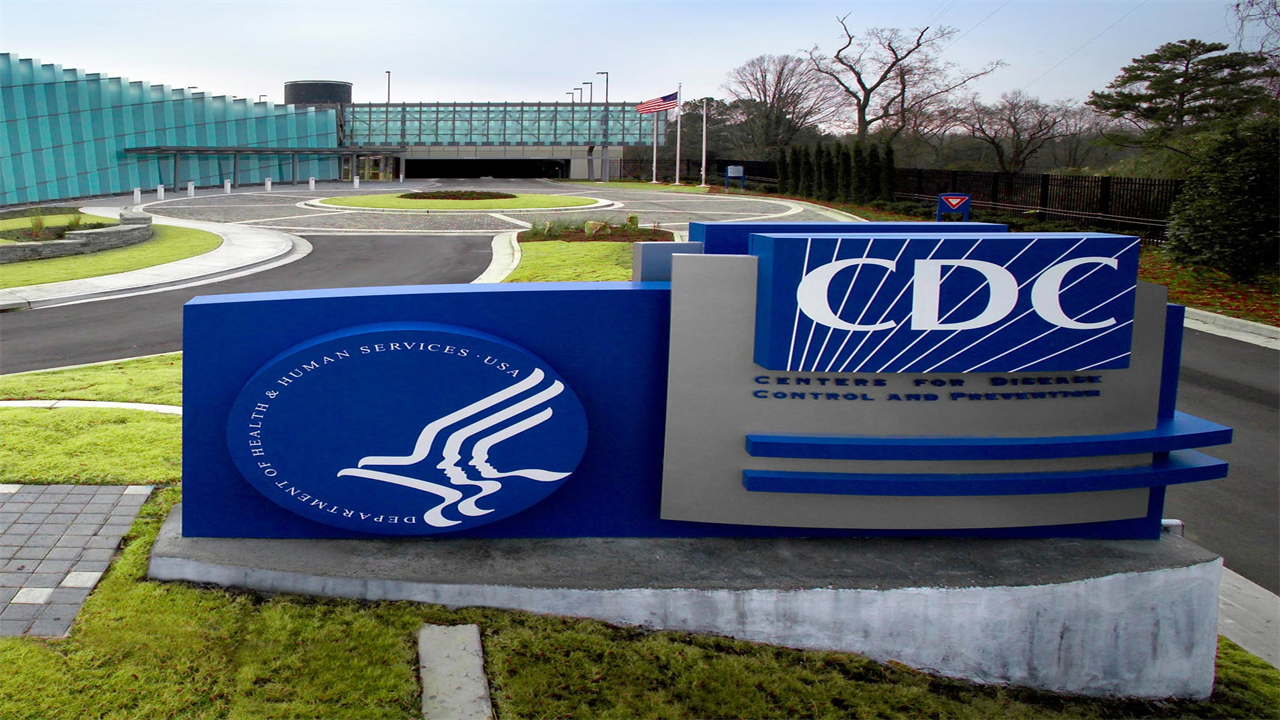Internal Investigation Finds Design Errors and Contamination in First Batch of COVID-19 Tests
0 View
Share this Video
- Publish Date:
- 16 December, 2021
- Category:
- Covid
- Video License
- Standard License
- Imported From:
- Youtube
Tags

This image shows the exterior of CDC’s “Tom Harkin Global Communications Center,” located on the organization’s Roybal Campus in Atlanta, Georgia. Credit: James Gathany, Centers for Disease Control and Prevention
False positive reactivity in earliest RT-PCR assays due to contamination and design flaws.
The earliest batch of COVID-19 tests distributed by the U.S. Centers for Disease Control and Prevention (CDC) showed false-positive reactivity of negative controls due to errors in test design and contamination in one of the test components, according to an internal CDC study published this week in the open access journal PLOS ONE.
The complete SARS-CoV-2 genome sequence from a patient in Wuhan, China, was published on January 12, 2020, and CDC scientists began the rapid development of a real-time RT-PCR diagnostic panel to detect the novel coronavirus. The first RT-PCR panel, which was distributed to the US State Public Health Laboratories as of Feb. 5, 2020, was designed to recognize three unique spots or “loci” on the SARS-CoV-2 genome. Within days of distribution, CDC received reports from multiple labs of false positive reactivity in the negative controls generated by two of the three probes, known as N1 and N3. This led to changes to the panel, including the removal of the N3 probes.
A lab worker takes a COVID-19 smear.
In the new study, CDC researchers assessed the design, validation, manufacturing and distribution of the diagnostic panel. The team concluded that one of the sources of the false-positive reactivity of the negative control was contamination of the N1 component of the RT-PCR kits by a synthetic piece of genetic material. The N1 contamination was detected in the first production batch of kits distributed resulting in approximately 2% false positives, but the pre-validation material was not contaminated (0% false positives). The researchers therefore determined that the N1 contamination – which has since been resolved – occurred during the quality control process after the production or packaging of the kits.
Meanwhile, the false-positive reactivity of the N3 probe’s negative control was due to a design flaw, the scientists report. Two molecules in the N3 probe often bound together in the absence of a virus, activating the fluorescence that indicates a positive response. This false positive reactivity of the negative control increased with age of the RT-PCR test kits, which could explain why early evaluation runs using newly manufactured materials did not yield high levels of false positives.
The team says this problem with false-positive negative control reactivity has since led to improvements in quality control, quality assurance, and test validation for RT-PCR and other diagnostic tests at the CDC. These changes include additional review and approval steps by experts independent of the diagnostic panel design team, as well as testing of the diagnostic panels with public health labs to confirm functionality and usability.
Reference: “Analysis of the Initial Fate of the CDC 2019-Novel Coronavirus (2019-nCoV) Real-time RT-PCR Diagnostic Panel” by Justin S. Lee, Jason M. Goldstein, Jonathan L. Moon, Owen Herzegh, Dennis A Bagarozzi Jr ., M. Steven Oberste, Heather Hughes, Kanwar Bedi, Dorothie Gerard, Brenique Cameron, Christopher Benton, Asiya Chida, Ausaf Ahmad, David J. Petway Jr., Xiaoling Tang, Nicky Sulaiman, Dawit Teklu, Dhwani Batra, Dakota Howard, Mili Sheth, Wendi Kuhnert, Stephanie R. Bialek, Christina L. Hutson, Jan Pohl, and Darin S. Carroll, Dec. 15, 2021, PLoS ONE.
DOI: 10.1371/journal.pone.0260487










